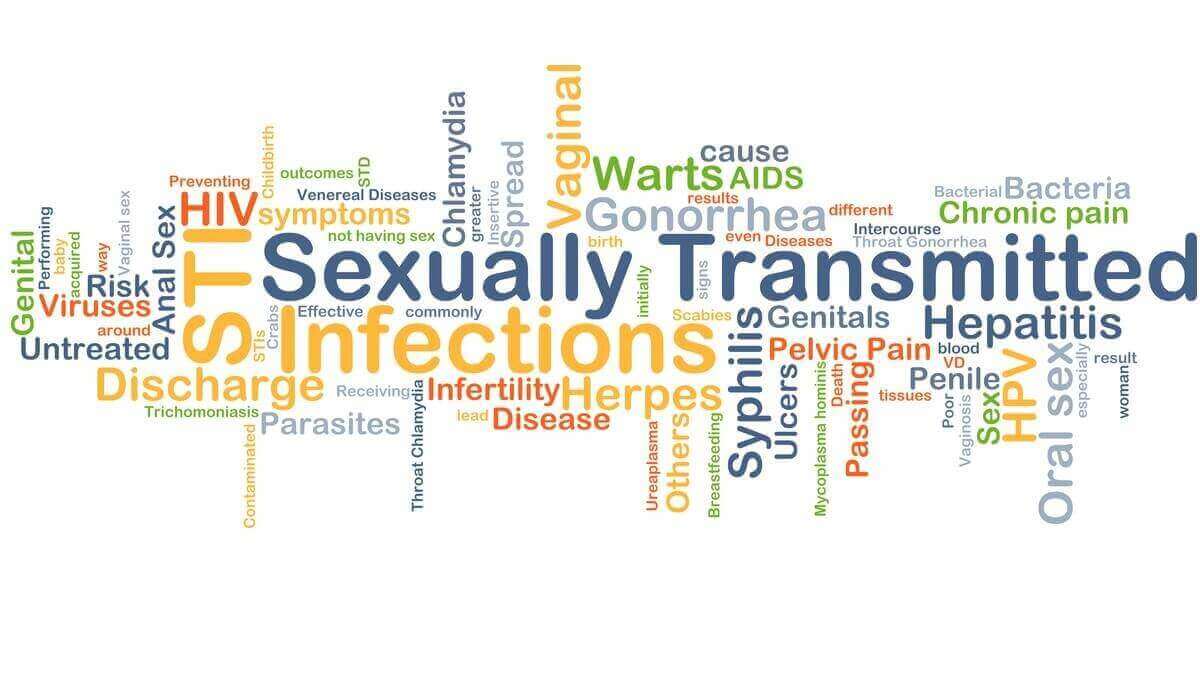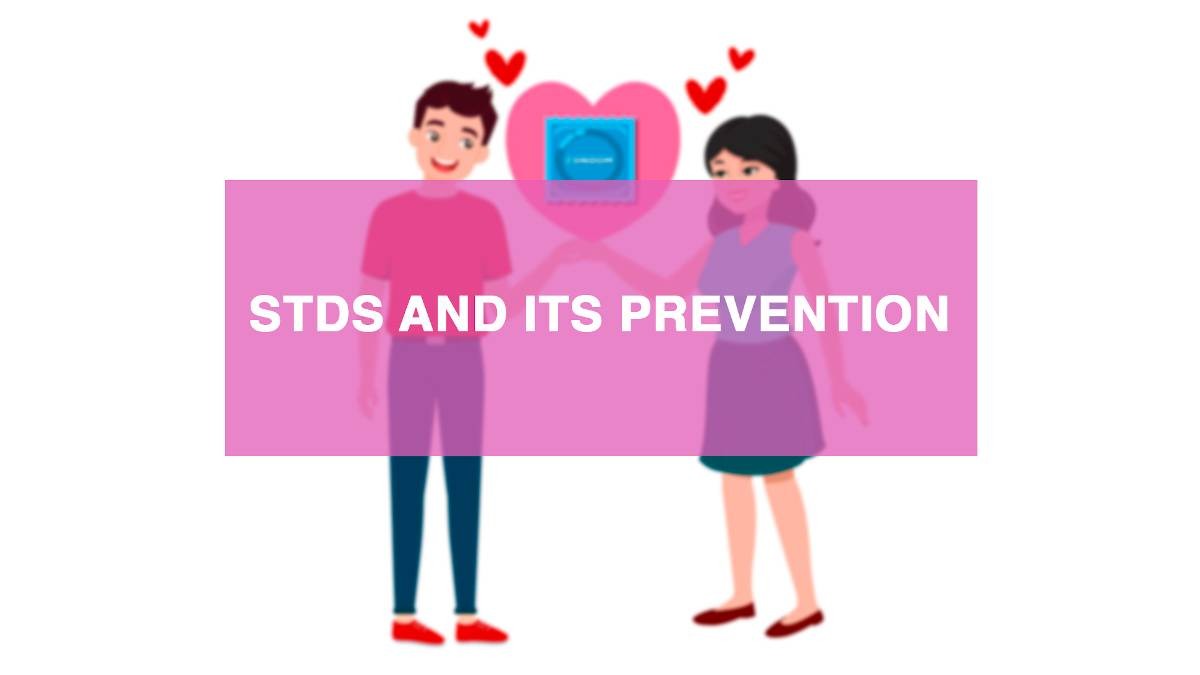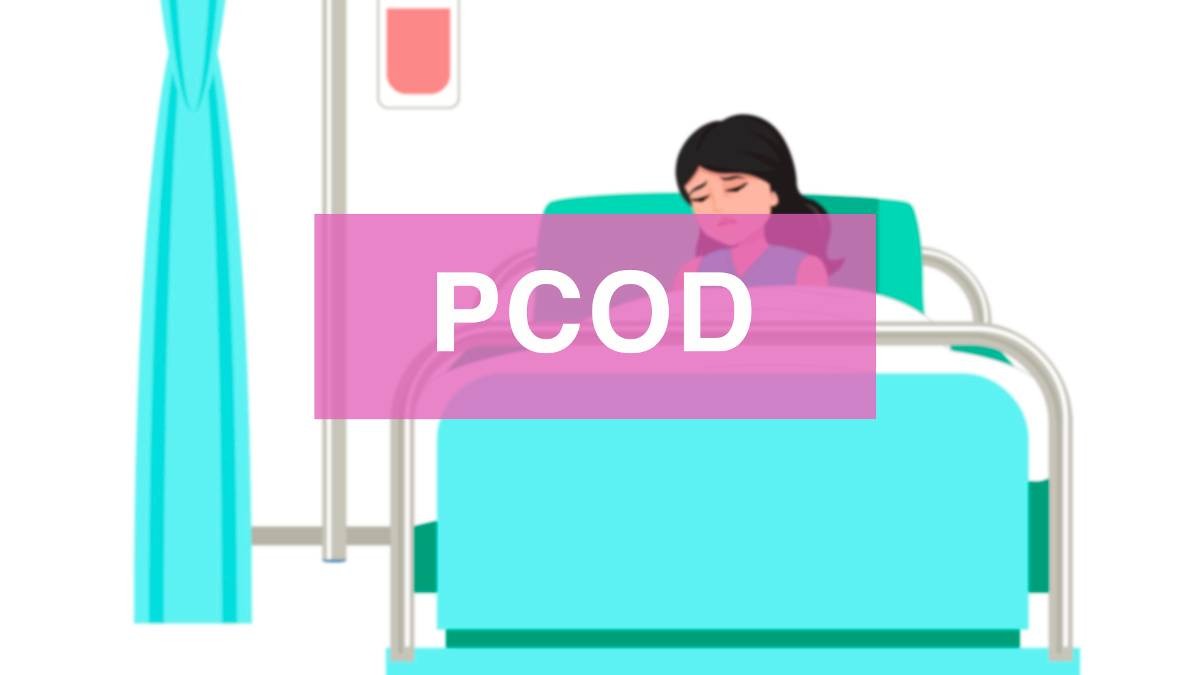There are several reasons for HIV infections.
Adolescence is the transitional stage between childhood and adulthood that occurs between the age of 10 and 19. It is a period when the reproductive organs start to mature along with sexual hormones.
HIV during adolescence is an epidemic. The need for awareness and proper education is highly essential to handle HIV during adolescence. If an adolescent gets infected with HIV once, he/she stays infected and affected for life. Adolescents face problems in accepting their HIV status, disclosing it to family members, and also need to take lifelong treatment. Adolescents are worried about their health, education, career, and marriage. Adolescents are highly vulnerable to HIV. One may not be aware of AIDS or HIV unless one starts seeing the symptoms. Increased knowledge about the mode of transmission of HIV and its drastic health implications can pave the way for prevention. It is advisable to take preventive measures towards HIV rather than try dealing with its cure.

Reasons for adolescent HIV:
There are several possible reasons for HIV infections during teenage years. The main reasons for categorizing these factors are based on social, economic, and cultural differences. These are situations like:
- Orphaned children – where teens are forcefully put in an orphanage after losing their parents to the disease. Unfortunately, in most instances, the teen will also acquire the infection from his/her parents.
- Becoming a commercial sex worker, and mostly this happens because of the surroundings they live in.
- Increased incidents of child trafficking
- Child sexual abuse and harassment
- Unsafe sexual intercourse at a young age
Signs and symptoms of adolescent HIV:
- Weak immune system
- Recurrent infection and illnesses
- Prone to all sorts of infections
- Stunted physical and mental growth
- Body’s inability or reduced response to accept immunization and vaccination
- Active response to HIV medication as compared to adults
- Delayed puberty due to a weak immune system
- Increased incidents of infection with HPV ( human papillomavirus)
- Malnourishment
- Decreased lean body mass
- Psychological depression
Treatment:
Early diagnosis and prompt treatment is the only way to prolong the life of a patient. The level of CD4 cell count in the body will signify the severity of the disease. It is highly crucial to maintain the CD4 counts optimally with ART (antiretroviral) drugs. Life-long monitoring is essential to evaluate and adjust drug dosages.
Precaution and prevention:
- Follow proper safety measures when having sex
- Always carry your medical records and let the doctor know about your condition. It will help your doctor understand your health condition better and enable him/her to treat you accordingly. This is the most important measure in preventing the spread of the infection unknowingly.
Conclusion:
We should reach out to adolescents and spread awareness before they become sexually active. Adolescents are at an impressionable age. It is the best time to lay the foundation for a responsible lifestyle, including sex and marriage. One should provide them with the right information, enabling environment and supportive services so that adolescent health can be improved and HIV /AIDS can be prevented. Adolescents should be enabled to protect themselves and become advocates for HIV prevention. One must reduce the chances of HIV infection by preventing and controlling other STIs. Having another STI makes it easier to get infected with HIV. Control measures to prevent ‘adolescent HIV’ need to be ‘adolescent-specific’.
Special Thanks to Dr. Pradnya Changede [M.B.B.S, M.S. (Obstetrics And Gynecology), C.P.S, D.G.O, F.C.P.S, F.I.C.O.G, I.B.C.L.C.] for the expert advice.







